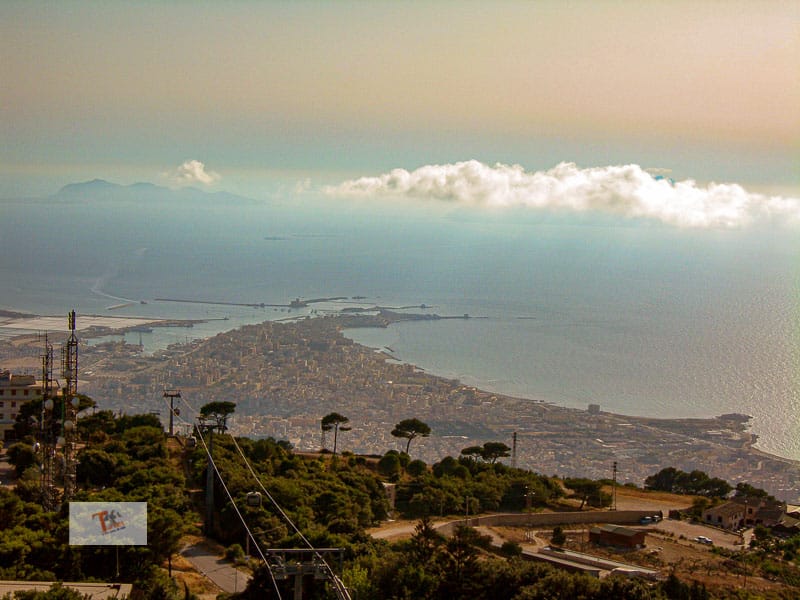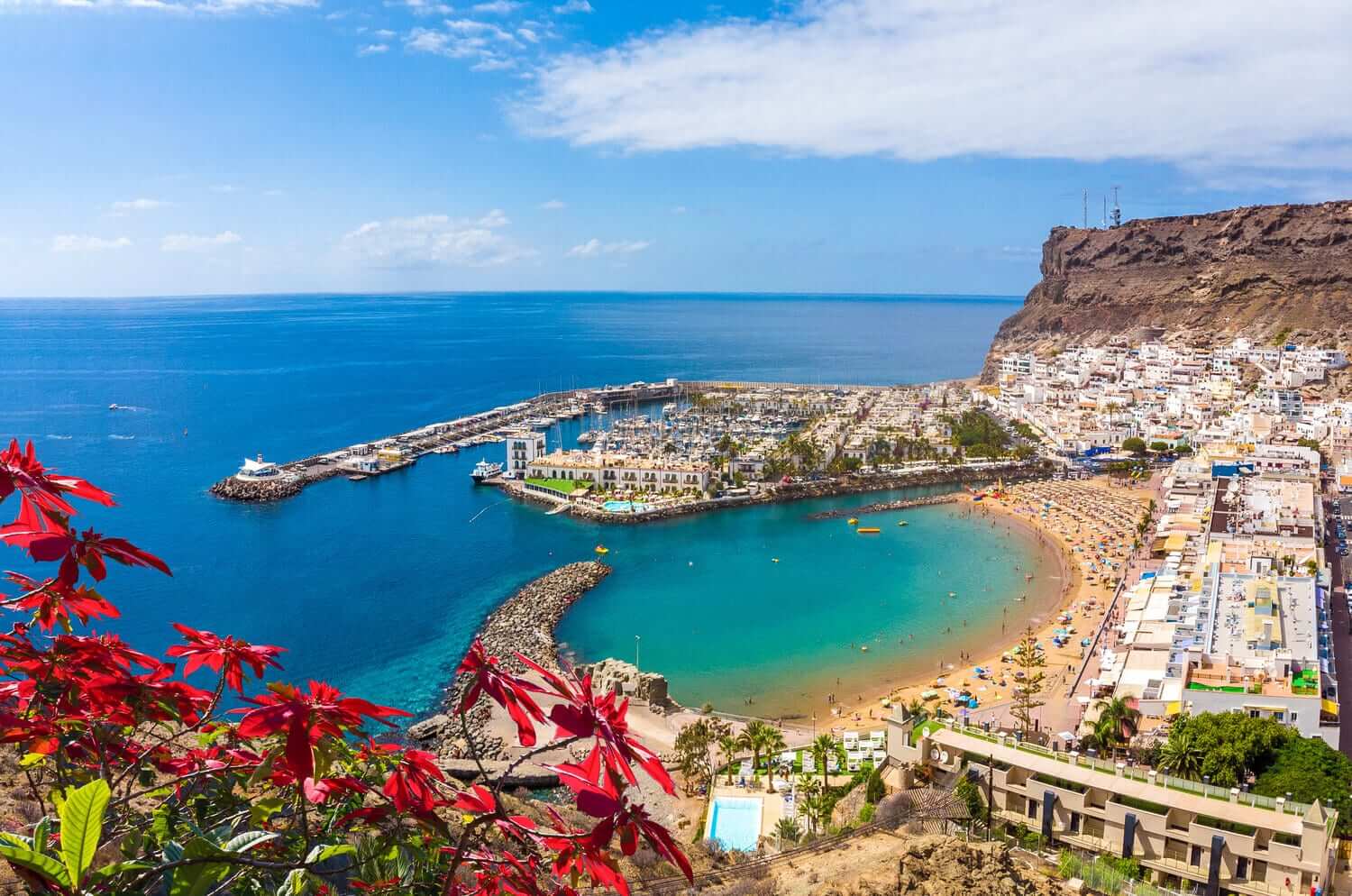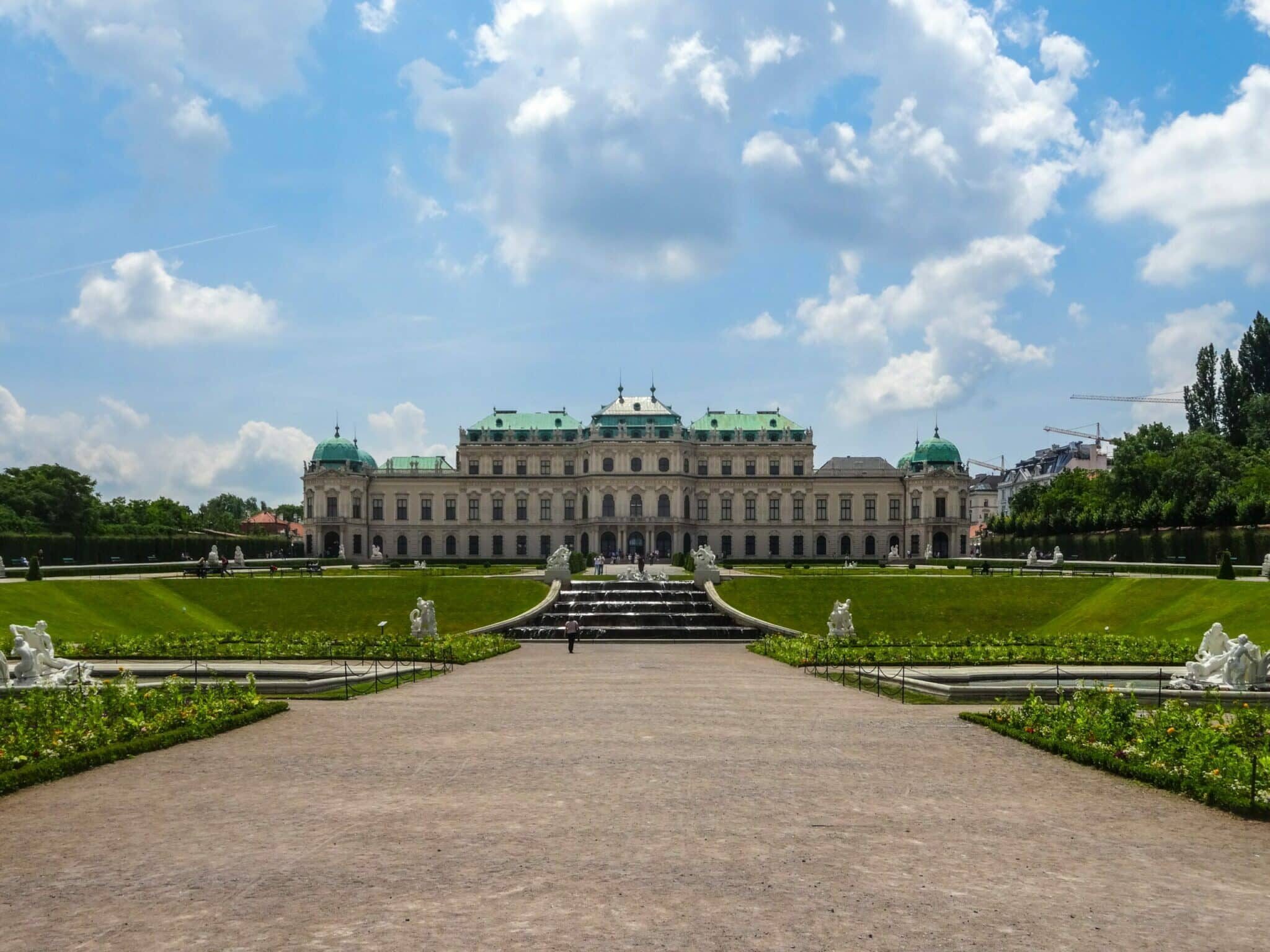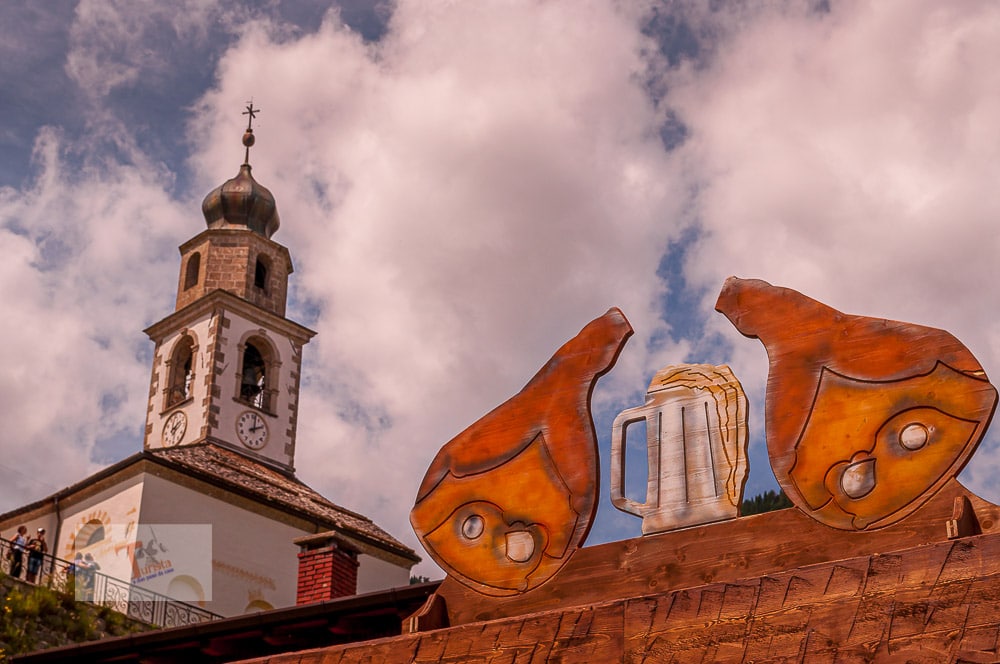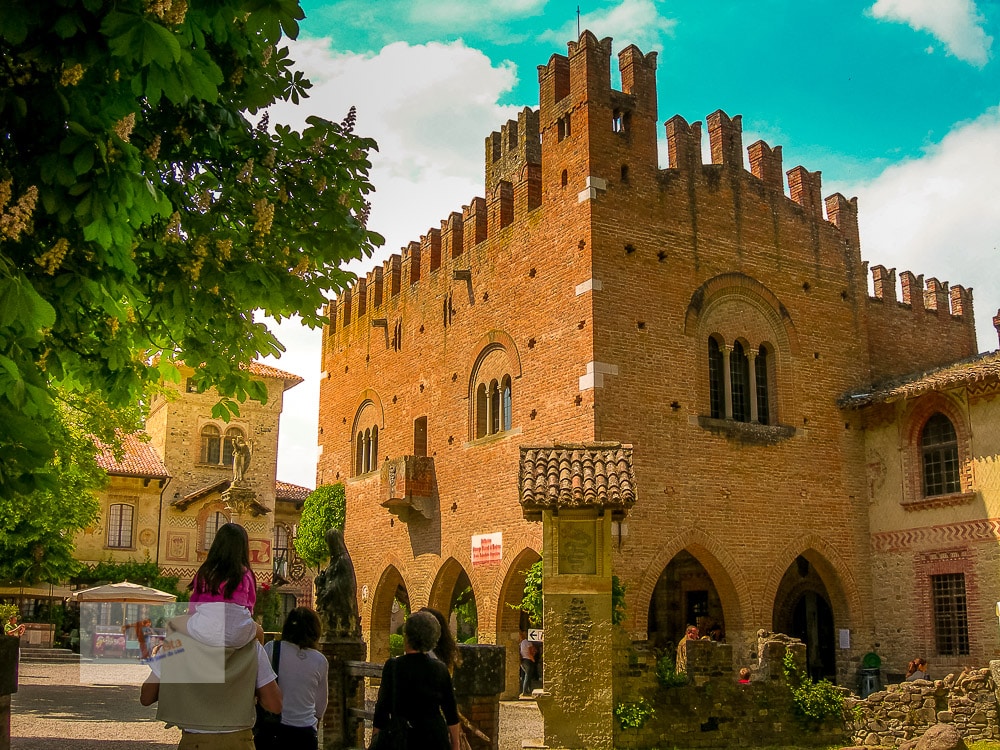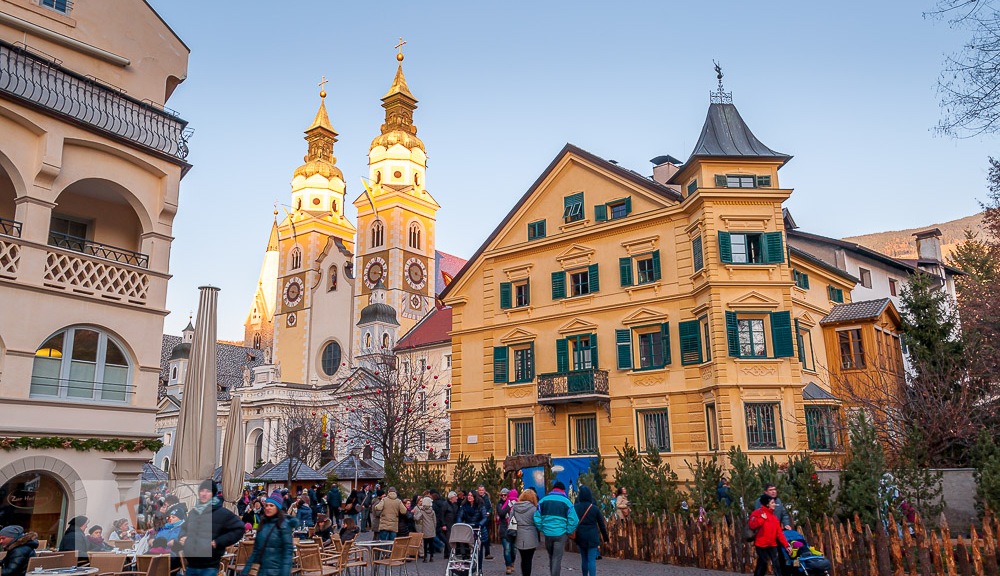Erice, the city above the clouds. A path leads us to discover the historical places of this Sicilian village
Being able to walk above the clouds happens in Erice, a town located on top of Mount San Giuliano, 750 meters above sea level, in the province of Trapani. Looking at the view from up here, we discover that we are above the clouds and over there, on the horizon, the sea. And when the sky is clear, the Etna volcano can also be seen on the horizon. But Erice is not just this.
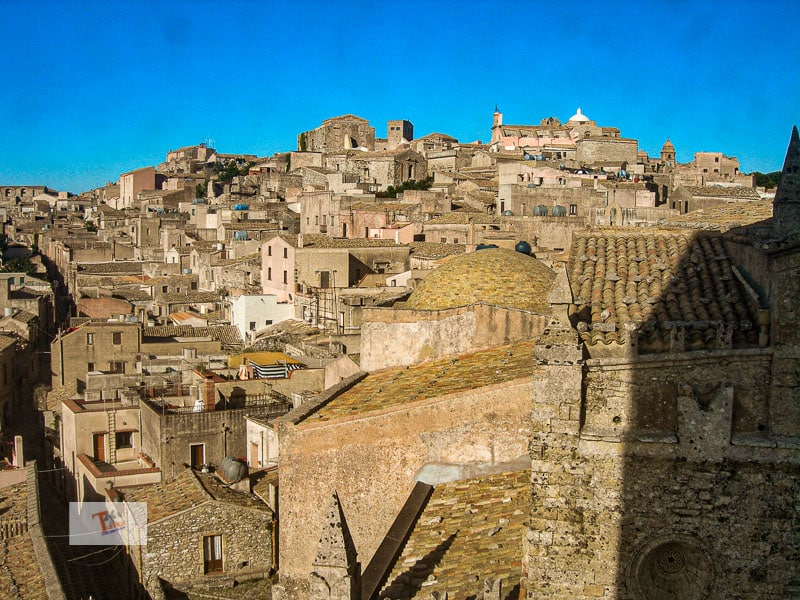
History
We are in the city disputed by Syracusans and Carthaginians, in the ancient religious center of the Elymians, who here erected a temple dedicated to the cult of Venus Ericina, but also in the exact point where the Phoenicians worshiped Astarte and the Greeks, Aphrodite, goddess of love and beauty.
The name Erice derives from Eryx Έρυξ, a mythological character, son of Aphrodite and Boote, killed by Hercules.
Even the Arabs arriving here noticed the beauty of this place which was renamed Gebel Hamed (or mountain of Hamed). The Normans called it Monte San Giuliano, while it returned to being Erice in 1934.
The village
We are 15 km from Trapani, which can be reached with a comfortable cable car.
The town is divided into two: on one side the city center is located on top of the mountain, while on the other, most of the houses are located in Casa Santa, adjacent to the city of Trapani.
The beauty of the city center is also given by the squared pavement of the alleys that make it look like an intricate labyrinth.
Between the streets and alleys, there are postcard views that give now on the hinterland, now on the sea, on churches and monasteries.
The medieval center
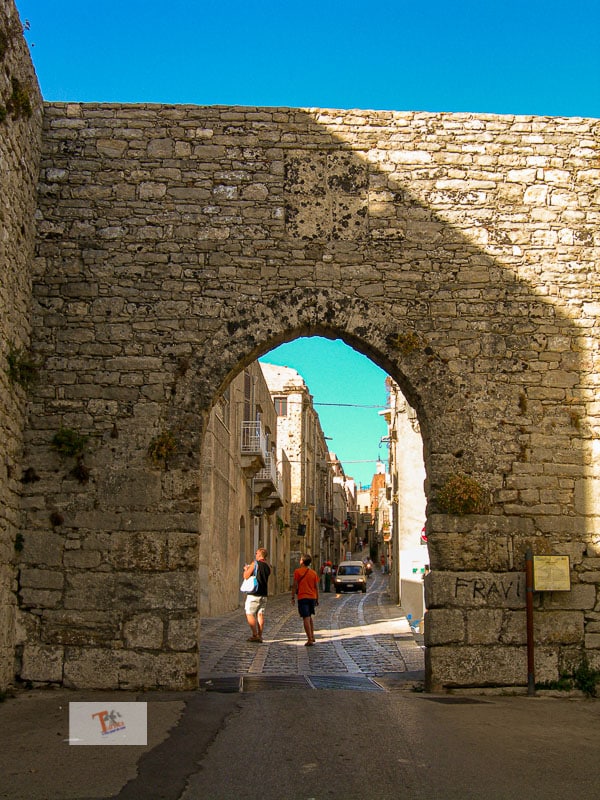
Like an ancient fortified village, Erice preserves its medieval center intact. The city has a triangular-shaped urban layout, bordered on the western side by cyclopean walls built to protect the northeast side, the one more easily attacked.
The walls
Of Elymian-Punic origin, the walls date back to the eighth to sixth centuries BC. They were equipped with watchtowers and a walkway. The soldiers accessed it by steep stairs, while small openings allowed the inhabitants to pass. The best-preserved part of the wall is the one along via dell ‘Addolorata, which extends from Porta Carmine to Porta Spada.
The Mother Church
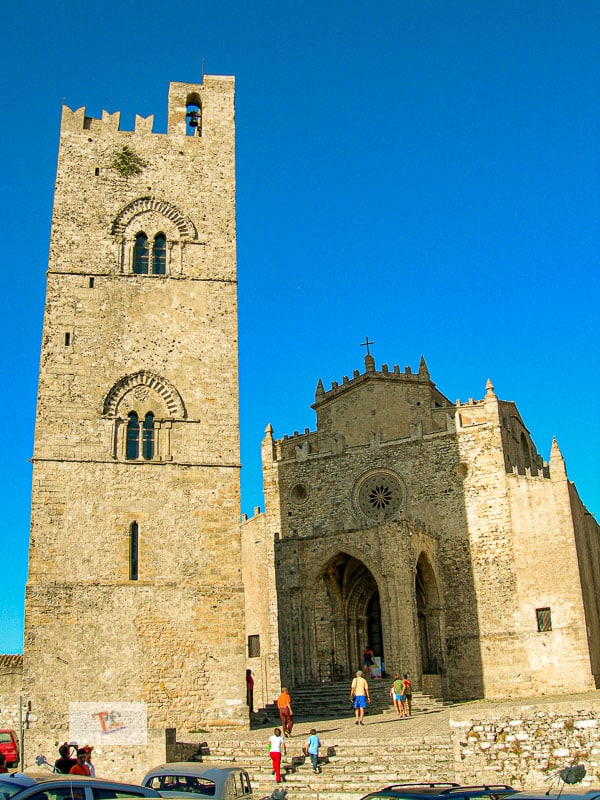
A few steps from Porta Trapani stands the Mother Church dedicated to the Assumption. Erected around the early 14th century, it was built using material from the Temple of Venus.
It is a fortress-church crowned with battlements with a large Gothic portico and a rose window.
Inside there is a marble Madonna and Child, a work by Domenico Gagini, from the 15th century, and a marble altarpiece from the 16th century.
Belltower
Isolated from the church, the fourteenth-century bell tower, formerly a watchtower, embattled and decorated with mullioned windows and mullioned windows, is of Chiaramonte’s inspiration. You go up and from the top, right next to the three bells, you can admire a wonderful panorama.
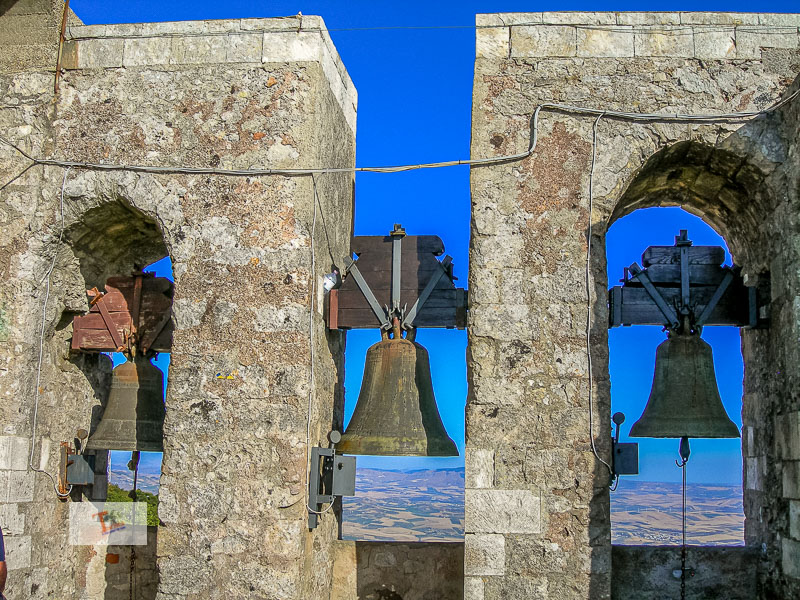
Balio Garden
On the southeast side of the city center, there is the Balio garden, inside which stands the Pepoli Castle, a Norman age building remodeled in the nineteenth century. and transformed into a villa.
The castle of Venus dates back to the 12th century. Built by the Normans, it has strong walls and is protected by the Balio Towers, which are instead in a more advanced position and, in ancient times, connected to the fortification by a drawbridge.
The fortification was built in the place where the ancient sanctuary of Venus Ericina would have risen. On the entrance door, you can see the coat of arms of Charles V of Spain and a beautiful mullioned window.
The museum
Returning to the nucleus, in Piazza Umberto, I overlook the Town Hall which houses the Cordici Museum, which houses various works, including “The Annunciation” by Antonello Gagini and prehistoric, Punic, and Greek finds, including the head of Aphrodite. In the nearby square of San Domenico, you can see interesting buildings.
The churches
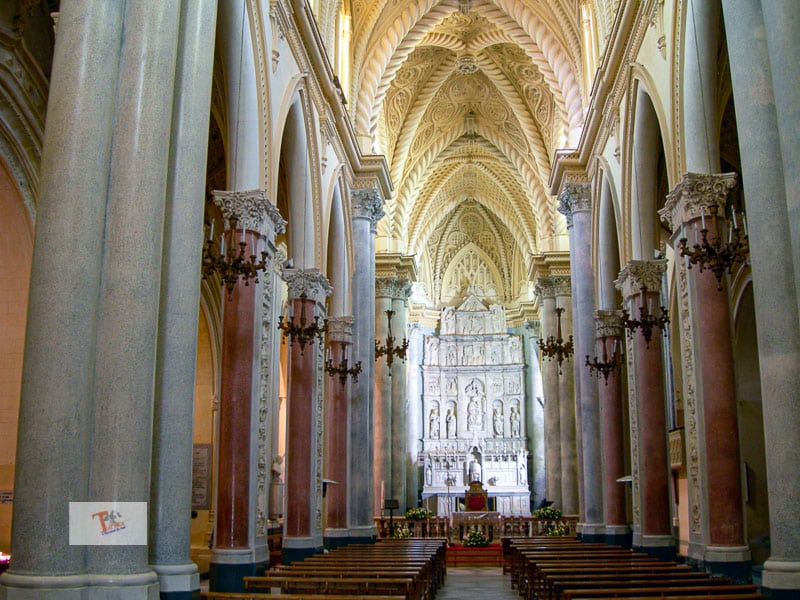
A separate chapter can be a city tour visiting the churches. In Erice, there are more than sixty, some of which are architectural monuments and historical evidence such as the church of San Martino, that of San Cataldo, that of Norman origin of San Giuliano, that of San Giovanni Battista, with its characteristic white dome and the Matrix, dedicated to the Assumption and dated early 14th century.
To visit the Church of S. Orsola from 1413 with the original Gothic structure in the main nave. Inside are preserved the sculptural groups of the Mysteries, dating back to the 18th century, which is carried in procession on Friday.
Erice is the seat of the International Studies Center named after Ettore Majorana.
The Erice pastry shop
You cannot leave this town without first having tasted the refined Erice patisserie. Delicious specialties are born within the walls of the convents. Including the classic desserts, those of almond paste filled with candied citron.
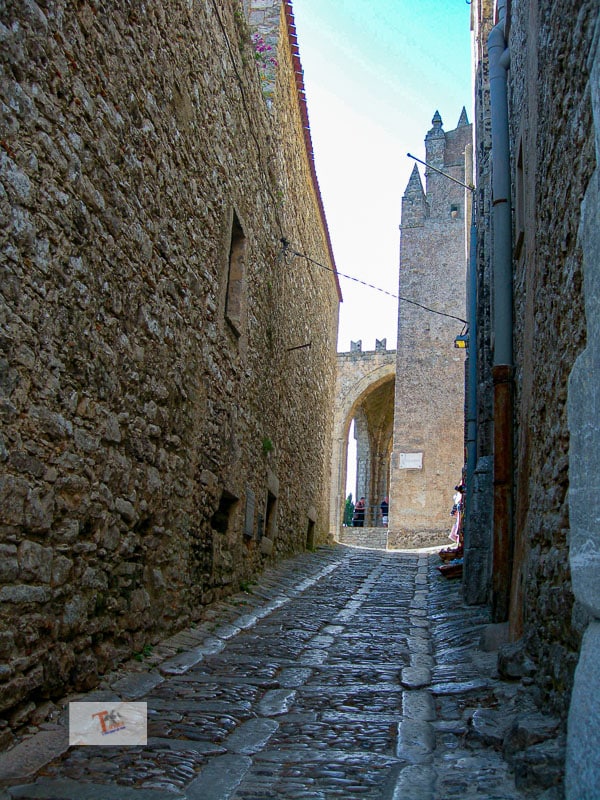
How do I get to Erice?
Erice is about 15 Km from Trapani, you can arrive by car from Palermo following the A29 motorway, the SS118 or the panoramic SS187 then from Trapani follow the SP3 Valderice-Erice. It is recommended to park your car in Porta Trapani. By train, the nearest station is the Trapani Line, then continue by bus. The nearest airport is Trapani Birgi.
In the locality of Casa Santa, there is the cableway station that leads to Monte Erice.

